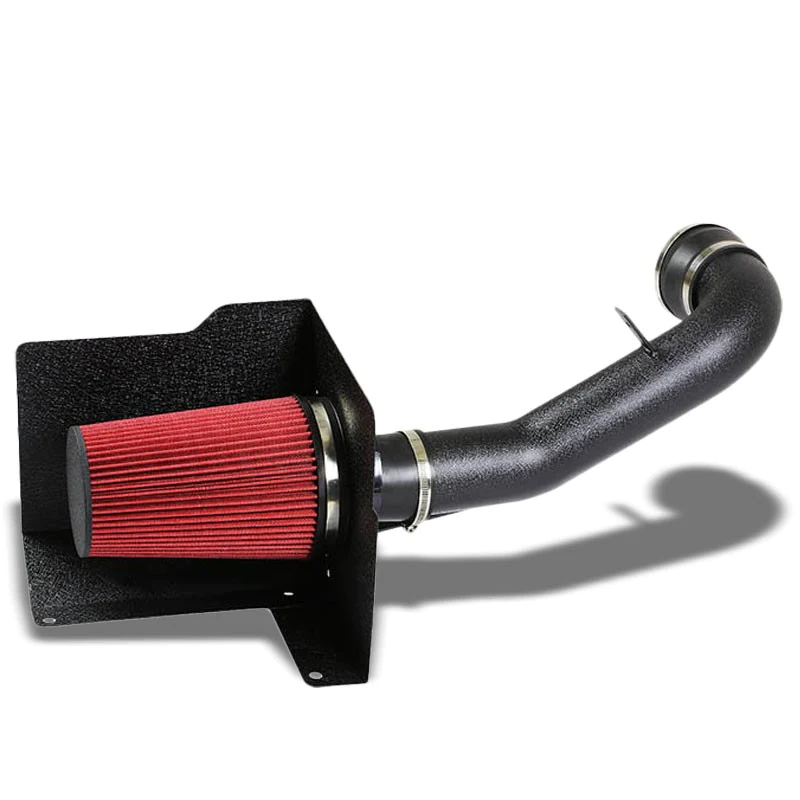Cold air intake shields, often overlooked in the world of automotive upgrades, play a crucial role in enhancing engine performance and efficiency. In this article, we will delve into the science behind cold air intake shields and explore how they contribute to improved engine efficiency.
The Role of Cold Air in Combustion
To understand the significance of cold air intake shields, we first need to comprehend the role of cold air in the combustion process. Cold air is denser than warm air, which means it contains more oxygen molecules. When an engine draws in cold air, it allows for a better air-fuel mixture, resulting in more efficient combustion.
Cold Air Intake Shields in Action
Cold air intake shields are designed to ensure that the engine receives a consistent flow of cold air. They encase the air filter and protect it from heat generated by the engine. One critical component often integrated with these shields is the heater bypass hose.
The Heater Bypass Hose Connection
The heater bypass hose is an essential element of cold air intake shields. It diverts warm coolant away from the intake manifold during high engine loads. This prevents heat from being transferred to the incoming air, maintaining the cold air’s temperature.
Cold Air Intake Shield Benefits
Now, let’s explore the benefits of incorporating a cold air intake shield with a heater bypass hose into your vehicle’s system:
Improved Combustion Efficiency: By ensuring a consistent flow of cold air to the engine, these shields enhance combustion efficiency. This leads to better fuel combustion and, consequently, increased power output.
Enhanced Throttle Response: With a cooler air supply, the engine responds more quickly to throttle inputs. This means a more responsive and agile driving experience.
Increased Fuel Efficiency: Cold air intake shields contribute to improved fuel efficiency by promoting better combustion. This can lead to savings at the pump.
Reduced Heat Soak: During prolonged periods of idling or slow traffic, engines can suffer from heat soak. Cold air intake shields mitigate this issue by isolating the air filter from the engine’s heat.
Extended Engine Lifespan: Cooler air intake temperatures result in reduced wear and tear on engine components. This can lead to a longer lifespan for your vehicle’s powerplant.
Installation and Maintenance
Installing a cold air intake shield with a heater bypass hose is a relatively straightforward process. However, it’s essential to follow the manufacturer’s instructions carefully. Regular cleaning or replacing the air filter guarantees peak performance.
Environmental Benefits
In addition to the performance advantages, cold air intake shields with heater bypass hoses also offer environmental benefits. By improving combustion efficiency and reducing emissions, these components contribute to a greener and more sustainable driving experience. Lower emissions mean reduced environmental impact, making these upgrades a responsible choice for eco-conscious drivers.
Conclusion
Cold air intake shields, in combination with heater bypass hoses, are scientifically designed to enhance engine efficiency. By providing a consistent flow of cold air to the engine, they improve combustion, throttle response, fuel efficiency, and overall engine performance. When considering upgrades for your vehicle, don’t overlook the importance of these components in achieving peak efficiency and power.
